Asturiana
Both the text and the melody of Asturiana come from a folk songs of the Asturias, in the north of Spain. It’s a delicate fairy tale of a tree weeping sympathetically with the protagonist of the story.
Within a simple A-A1 structure, the melody, once again, stays confined in an interval of a sixth, with very close steps between a note and another. An antecedent moves from the E to the C and a consequent goes back, on top of a resolution on the root.
The piano once again keeps statically on a few notes, alternating between the C and the B flat, on the left hand, for the almost total duration of the piece. In this passage, however, the left hand adds pain to the melody through some dissonances, as in bar 10 (with an E flat on a C of the singer).
The same passage comes back on bar 23, slightly modified in the dissonance (D flat on a C of the singer).
I love this piece, there is a sense of immobility and inevitability from beginning to end. The tree observes the sadness of the protagonist from the outside: it empathizes with his (or her) sadness, but it is powerless in front of it and cannot do anything else other than to accept its own impotence.
And here is an arrangement for string orchestra that can be performed with or without the voice. The harmonics of the first violins add to the stillness and sadness of the piece.
Lyrics
Por ver si me consolaba,
Arrime a un pino verde,
Por verme llorar, lloraba,
Y el pino como era verde!
In the seek of some comfort,
I leaned against a green pine,
It wept for my weeping,
and how green was that pine!
Here you can find all the articles related to the Siete

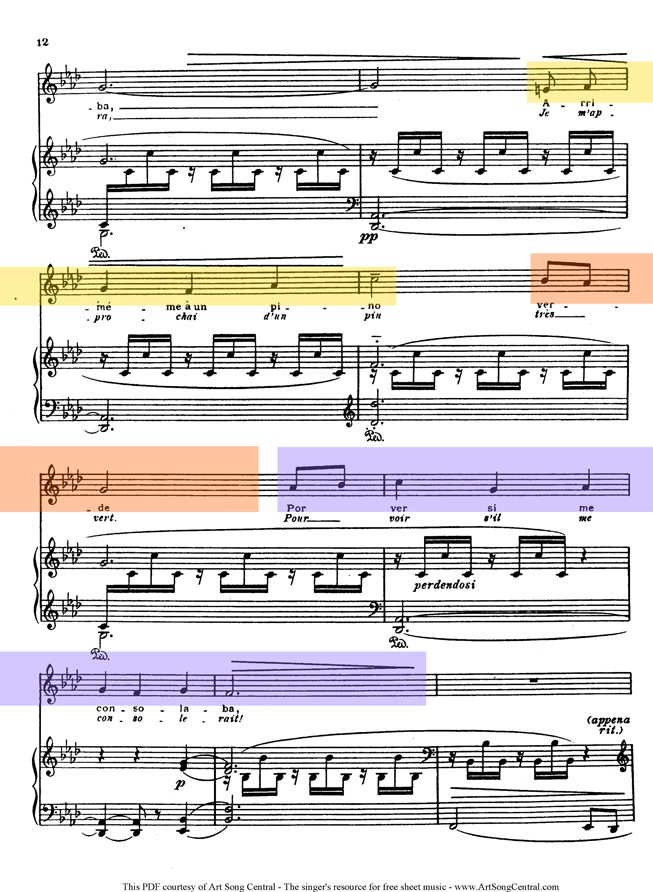
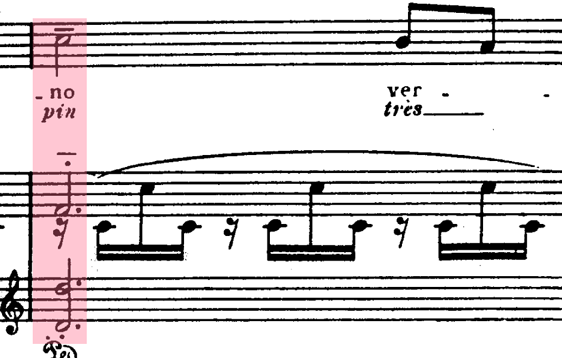
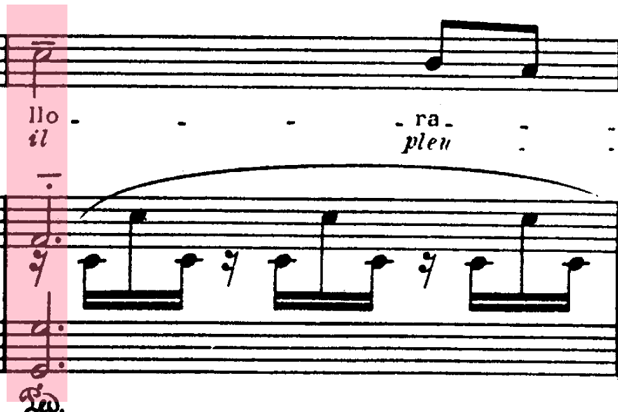





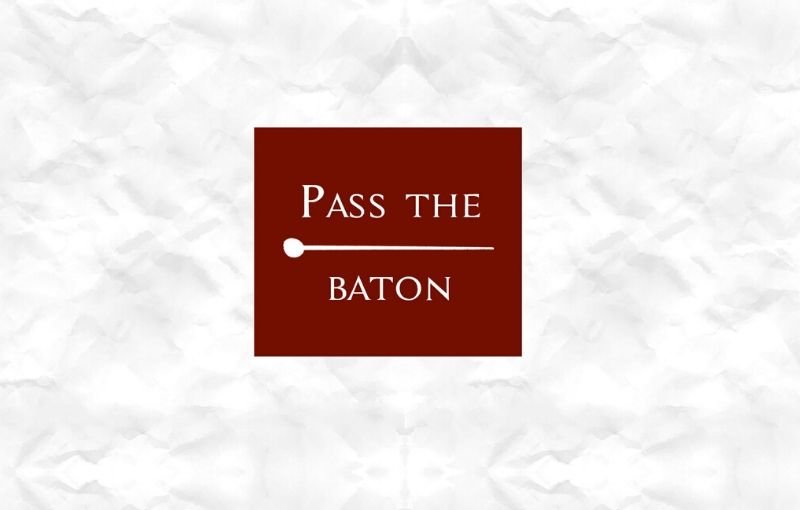
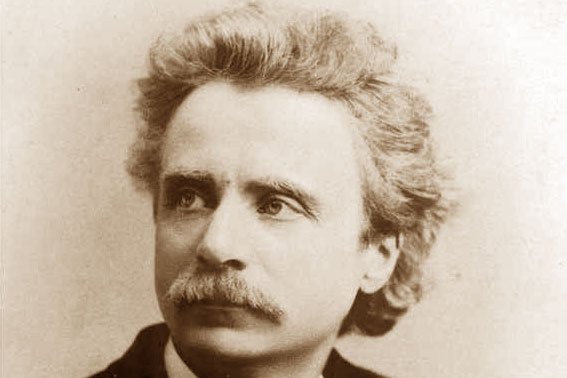
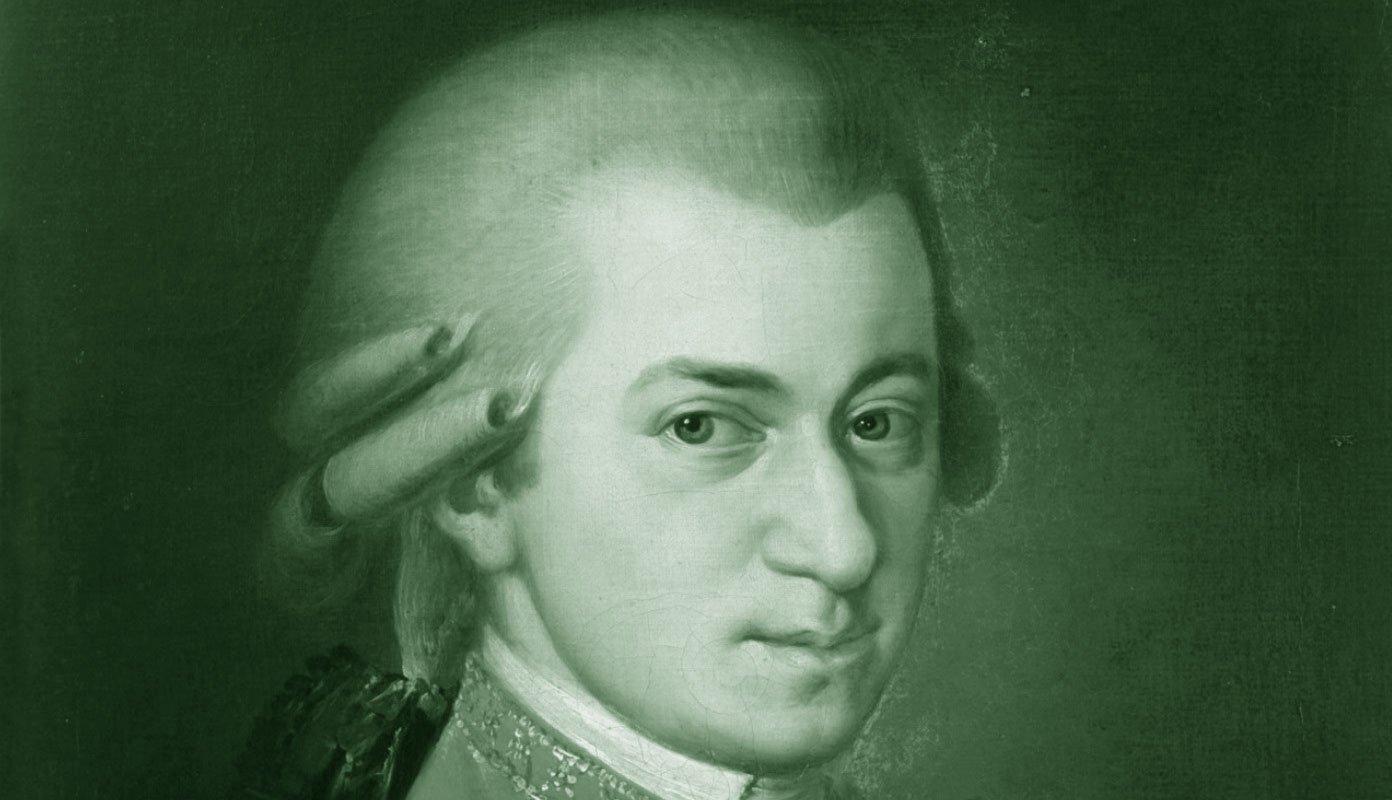


0 Comments